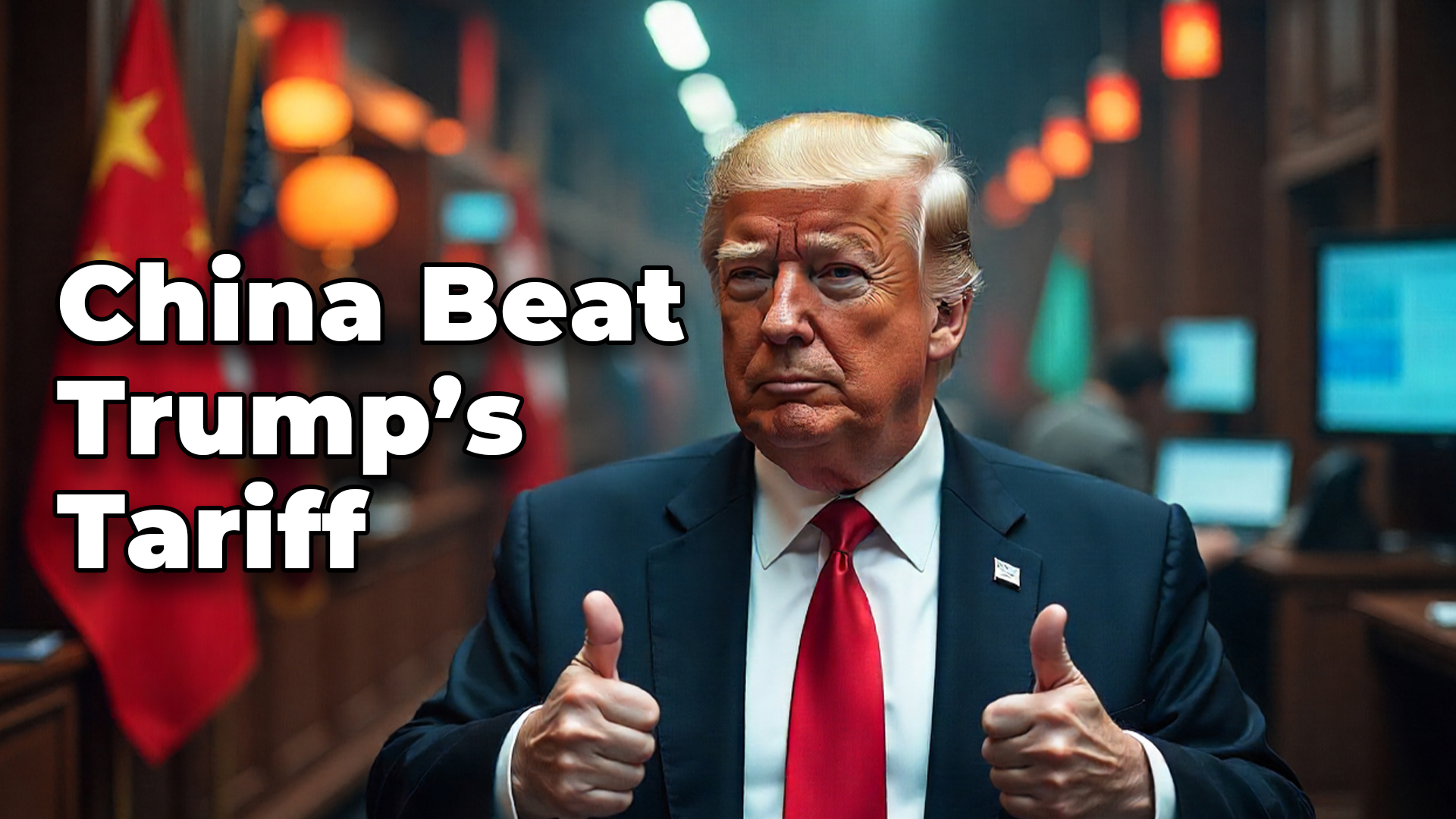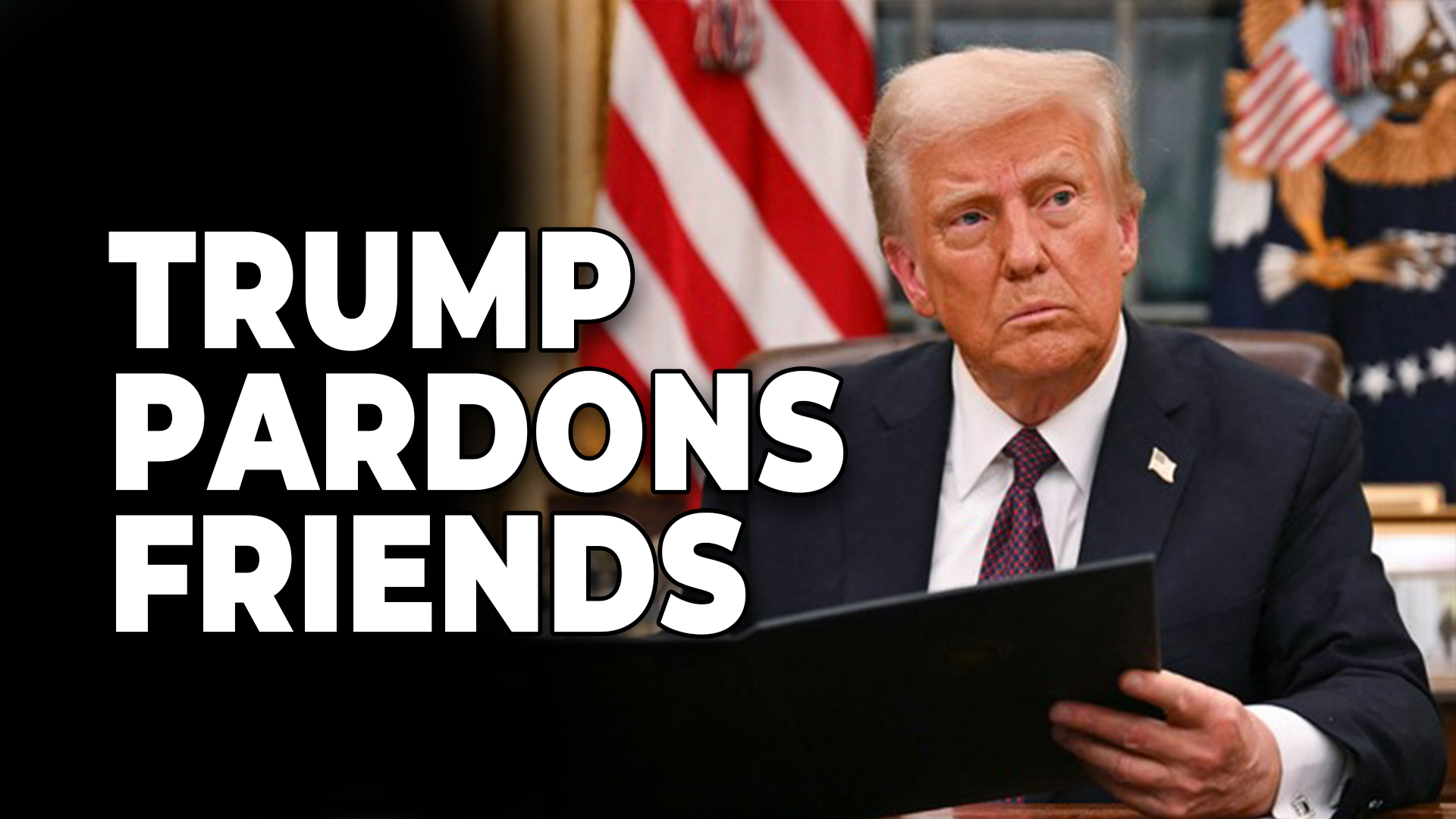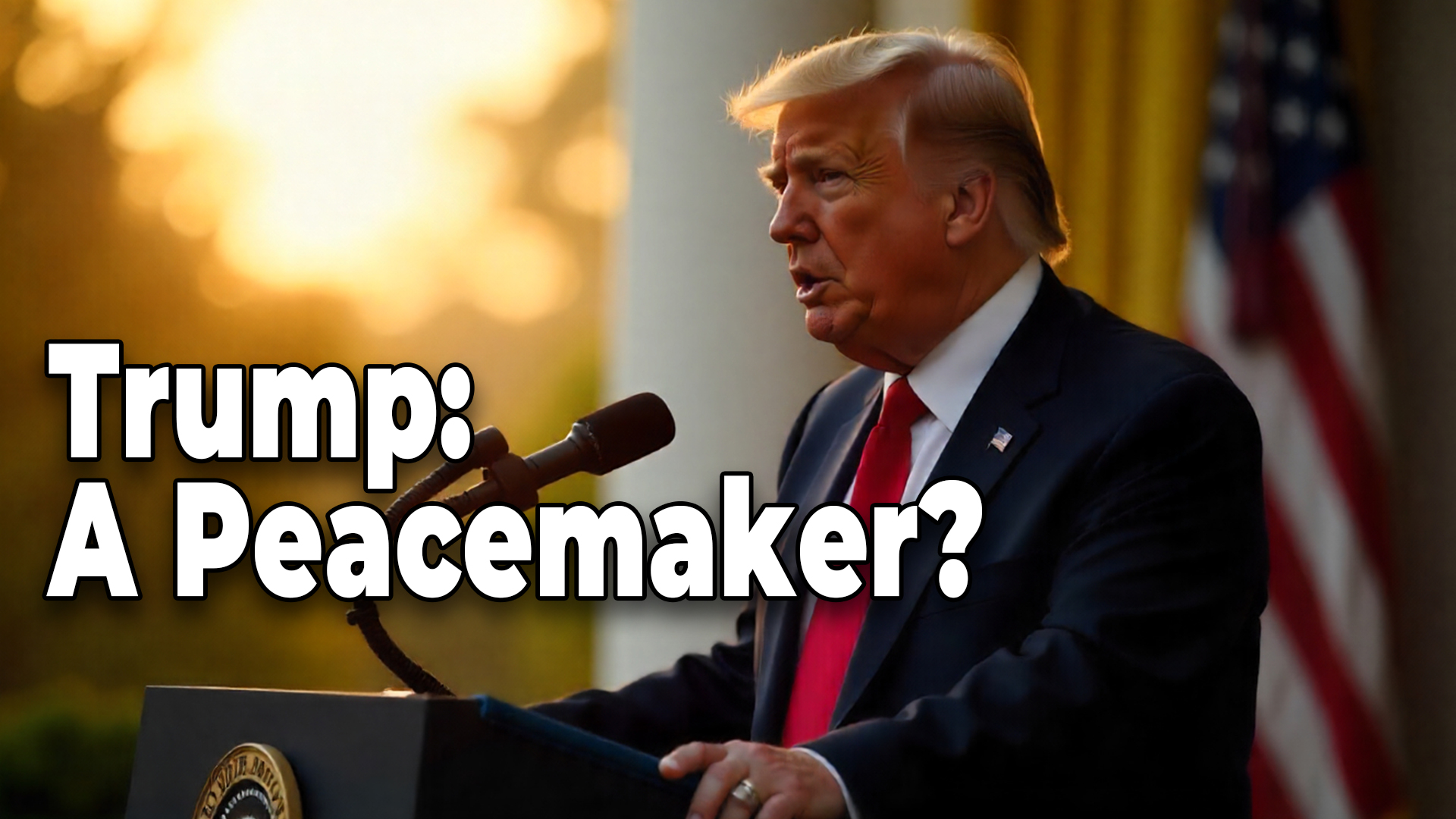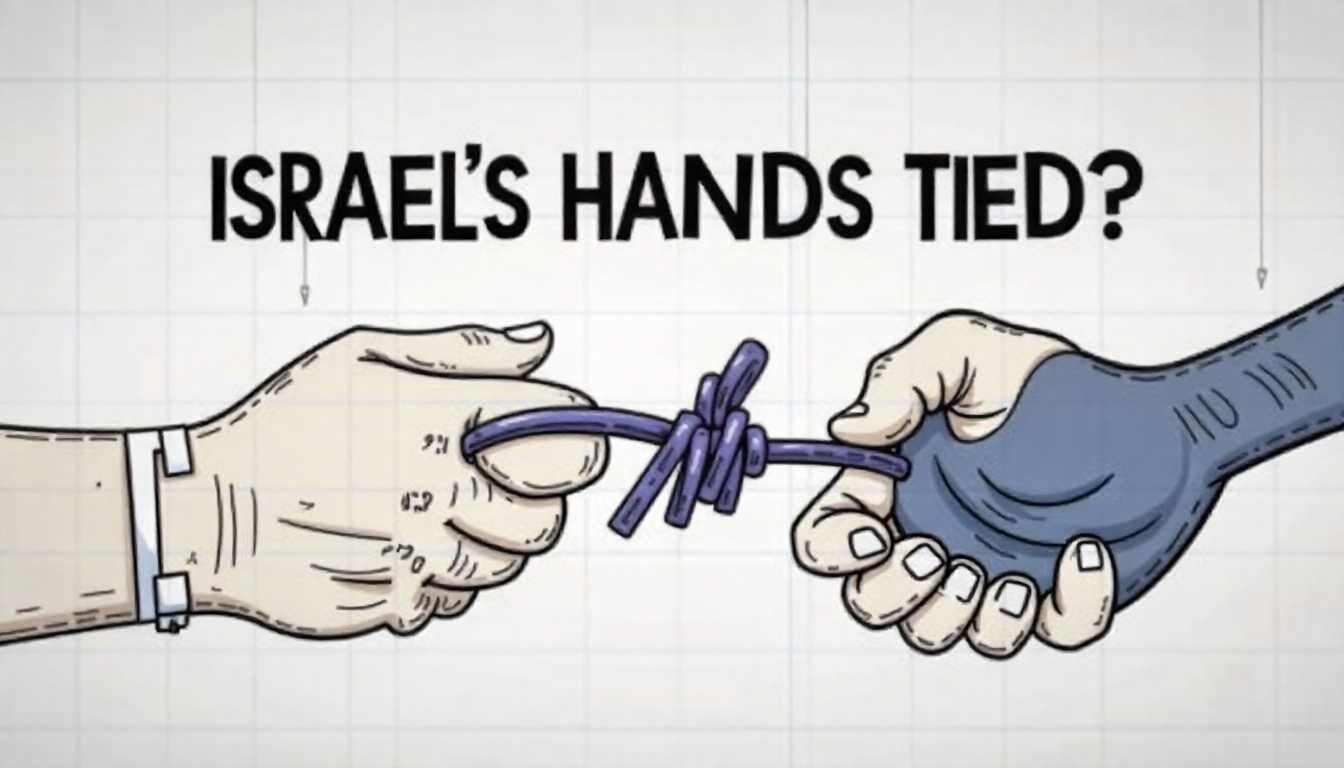When Donald Trump reignited the trade war with China in early 2025, it felt like history repeating itself. His first term (2017–2021) was marked by aggressive tariffs, sanctions, and nationalist rhetoric that sought to reduce America’s dependence on Chinese manufacturing. Yet this new confrontation, in Trump’s second term, has taken a far sharper turn — one where China isn’t just defending itself, but actively using economic leverage to pressure the United States from within.
At the center of this new power struggle lies one of the most unexpected weapons in China’s arsenal: its buying power — particularly, its decision to stop purchasing soybeans from U.S. farmers, a move that struck directly at the heart of Trump’s political base.
Is Donald Trump Really a Peacemaker?
⚙️ How the 2025 Trade War Began
In February 2025, the Trump administration announced a new wave of tariffs on over $200 billion worth of Chinese goods, citing concerns about “unfair trade practices” and “intellectual property theft.” Trump publicly declared that “China needs America more than America needs China.”
Beijing saw things differently. Having learned from the first trade war, China was no longer reacting defensively. This time, it carefully calibrated its countermeasures — targeting not just U.S. exports, but specific sectors and regions that would maximize domestic political pressure on the White House.
💣 China’s Economic Counteroffensive
China responded to the new tariffs with a multi-pronged economic strategy, designed not only to protect its own economy but to weaponize its massive consumer market against the United States.
Beijing’s approach included:
- Suspending key agricultural imports, including soybeans, corn, and pork from the U.S.
- Redirecting purchases to countries like Brazil, Argentina, and Russia, signaling that China had alternatives.
- Encouraging Chinese companies to source high-tech goods from Europe and Southeast Asia, bypassing U.S. suppliers.
- Targeting Republican strongholds that depend heavily on agricultural exports, particularly soybeans.
Each of these actions sent a clear message: China doesn’t need to fire a missile — it just needs to close its wallet.
🌾 Soybeans: The Silent Battlefield
Among all the U.S. exports, soybeans became the most powerful symbol of the trade war’s domestic fallout.
Soybeans are not just a commodity — they are a political pressure point. The crop is primarily grown in Midwestern states like Iowa, Indiana, Missouri, and Ohio — all strongholds of Trump’s Republican Party. In 2024 alone, over 60% of U.S. soy exports went to China, feeding the world’s largest livestock and poultry industries.
When China halted soybean imports from the United States in March 2025, the impact was immediate and severe:
- Prices of U.S. soybeans plummeted by more than 30% within weeks.
- Farm storage facilities filled up with unsold crops.
- Small and mid-size farms began to default on agricultural loans.
- State farm bureaus in Republican territories appealed directly to Washington for emergency aid.
By cutting off U.S. soybean imports, China managed to turn American farmers — once Trump’s most loyal supporters — into his most frustrated critics.
🧭 Strategic Targeting: Pressure Through Politics
China’s move wasn’t just economic — it was deeply political.
Beijing understood that Trump’s political strength comes from rural America, where farmers and small business owners form the backbone of the Republican voting base. By halting soybean imports, China hit directly at that foundation, creating internal pressure on the U.S. president from his own supporters.
As economic pain grew across the Midwest, Republican senators and governors began calling for de-escalation. Pro-farming lobbies and agricultural associations started pressuring the White House to negotiate and reduce tariffs.
Within months, the Chinese strategy was working exactly as intended.
💰 China’s Buying Power: The Ultimate Leverage
Unlike military or technological superiority, China’s power in this trade war lies in its role as the world’s biggest buyer. Its ability to purchase — or withhold purchases — affects entire industries, stock markets, and political constituencies abroad.
This economic gravity gives Beijing a unique weapon: market access as coercion.
When the U.S. tried to isolate China through tariffs and sanctions, Beijing flipped the script. By controlling access to its 1.4 billion consumers and its vast demand for agricultural imports, China forced multinational corporations — and eventually Washington itself — to rethink their positions.
Companies like Cargill, John Deere, and Archer Daniels Midland warned that continued trade restrictions could lead to layoffs and long-term market losses to South America.
Faced with mounting domestic unrest, the Trump administration began quietly walking back certain tariffs by mid-2025. Beijing had succeeded in showing that the buyer can be more powerful than the seller.

US President Donald Trump and Chinese leader Xi Jinping shake hands at the start of talks at the Gimhae Air Base in Busan, South Korea. Andrew Caballero-Reynolds/AFP/Getty Images
🕊️ Trump’s Concession and China’s Message
By August 2025, the White House announced a partial rollback of tariffs on select Chinese goods, officially citing “progress in negotiations.” But insiders from both governments knew what had really happened:
China had used its economic leverage — particularly the soybean boycott — to force concessions without firing a single shot.
This was not just a trade victory for Beijing; it was a psychological win. It demonstrated that China could manipulate the U.S. political landscape through targeted economic pain, influencing policy through market dynamics rather than diplomacy.
China’s state-run Global Times celebrated the moment with a headline that summed it up perfectly:
“Trade wars are not won by the loudest voice, but by the strongest buyer.”
⚖️ The Bigger Picture: A Shift in Global Power
The 2025 trade war has underscored a fundamental shift in global economics: the era of buyer power.
While the United States still commands military dominance and technological innovation, China now controls demand — and in global trade, demand is destiny.
By leveraging its massive consumer market and its role as the largest importer of agricultural and industrial commodities, China has proven that it can reshape the behavior of even the world’s most powerful economy.
🏁 Conclusion: The War America Can’t Win by Force
Donald Trump’s second trade war with China was meant to reassert American dominance. Instead, it revealed how vulnerable the U.S. economy — and its political leadership — is to economic retaliation crafted with precision.
Through strategic buying power, targeted boycotts, and careful political calculation, China has transformed global trade into a new kind of battlefield — one where control over consumption can achieve more than any tariff or sanction ever could.
In this war, China didn’t surrender or retreat — it simply waited, watched, and bought its way to victory.





